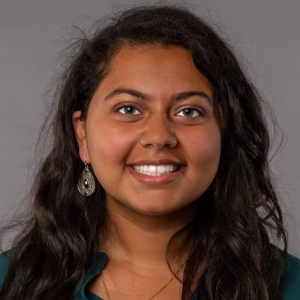Title : A De Novo Case of Neurofibromatosis Type 2
Abstract:
Neurofibromatosis type 2 (NF2) is a genetic disorder that predisposes individuals to multiple tumors of the nervous system. The most common of these are bilateral vestibular schwannomas; intracranial and spinal meningiomas, and spinal cord ependymomas. The condition is caused by mutations in the NF2 tumor suppressor gene MERLIN located on chromosome 22
The mutations are inherited in an autosomal dominant fashion in approximately 50% of patients and arise de novo in the other 50%. Up to 25-30% of individuals with NF2, either inherited or de novo, have mosaicism. These mosaic individuals only carry the mutation in some of their body cells, and therefore often develop less severe symptoms. In like manner, in a patient with mosaic NF2 there is less chance of passing on the condition whereas children of non-mosaic NF2 patients have a 50% chance inheriting the mutation.
MRI with special attention to the internal auditory canals revealed an avidly and uniformly enhancing lesion within the right internal auditory canal (IAC). The lesion caused mild expansion of the right IAC and extended into the right cerebropontine angle cistern. Imaging characteristics most compatible with a vestibular schwannoma.
Neurofibromatosis type 2 (NF2) is an inherited disease with a prevalence of 1 in 60,000 and birth incidence of 1 in 25-33,000 individuals3. The disease can present with many neurologic findings including bilateral vestibular schwannomas, central nervous system meningiomas, as seen in this patient, peripheral neuropathy as well as others. Many individuals begin having hearing loss and balance problems, on account of the vestibular schwannomas. These symptoms often account for the earliest signs of the disease. Continued research on treatment and management has developed increased treatment options for individuals diagnosed with NF2. These include neurosurgery, radiosurgery, auditory rehabilitation, and molecular biology3. Unfortunately, with the rarity of NF2, research is often limited, and randomized control trials are difficult to take forward.
When clinically evaluating a patient with suspected NF2, a thorough neurological evaluation, including visual examination, as well as hearing and gait assessment. The predominant issues found on physical evaluation are often impaired balance and issues with social communication3. Further assessing with imaging, often with contrast-enhanced T1-weighted MRI, is commonly indicated and family members with known mutations are screened and followed with MRI.
What will audience learn from your presentation?
- Description of Neurofibromatosis Type 2 and Incidence Statistics that will allow guidance and assistance in diagnosis
- Characteristics of patients presenting with Neurofibromatosis Type 2 to increase awareness of the disease and diagnosis
- Pathognomonic Imaging Findings for Neurofibromatosis Type 2 to help physicians recognize these findings on radiological imaging
- General Neurological Findings for Neurofibromatosis Type 2




